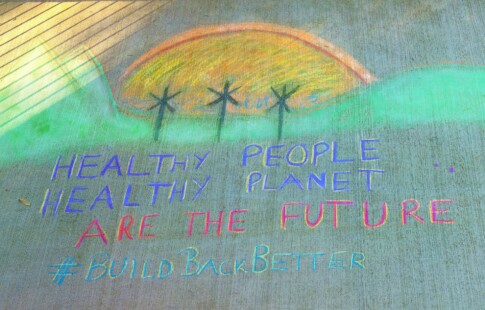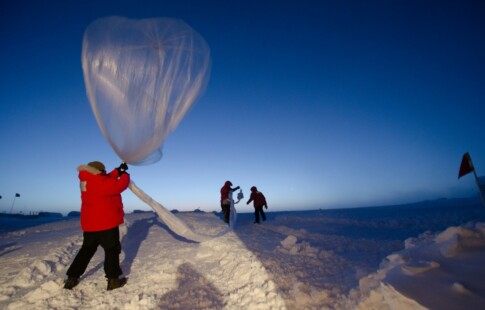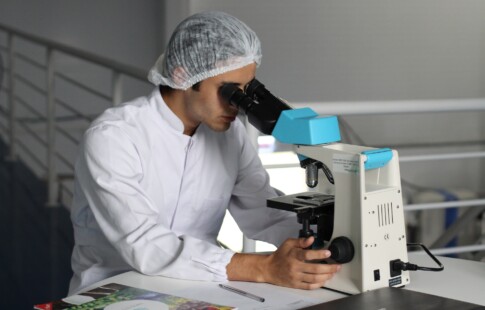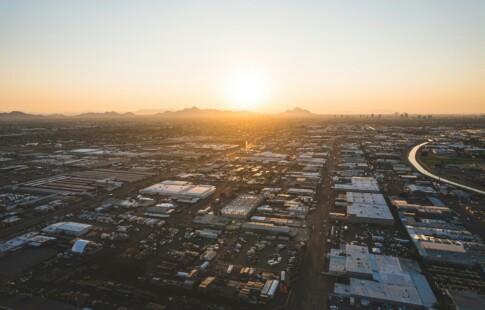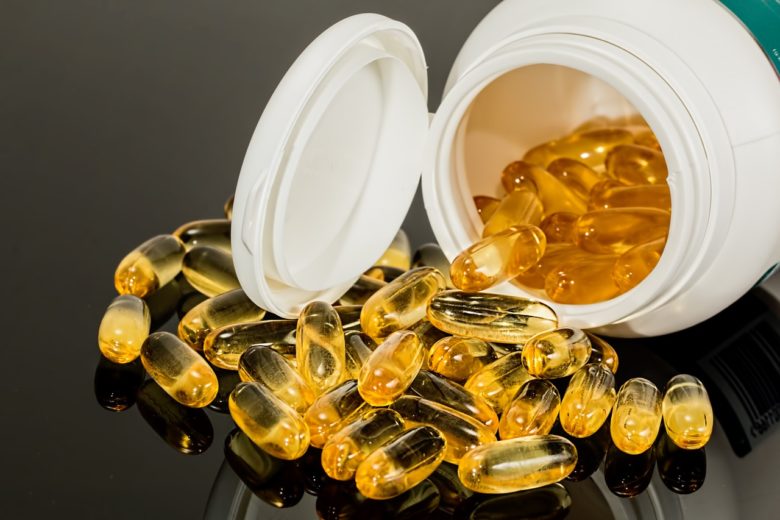
Preventing Pharmaceutical Pollution in Water
We are reader-supported. When you buy through links on our site, we may earn affiliate commission.
The pharmaceutical industry is one of the biggest in the world, but it also creates some of the worst pollution on the planet — especially when it comes to water contamination. A recent report has found multiple cases where everything from opioids and amphetamines to hormone-altering drugs in natural water supplies were found, affecting the behavior and reproduction of the animals that are exposed to them. What can pharmaceutical companies and consumers do to help prevent water pollution caused by pharmaceutical production?
A History of Pollution
The FDA has been in charge of approving new drugs since 1938 — and it has approved more than 1,500 drugs for production and sale since then. In spite of decades of pharmaceutical creation, no one took a closer look at the waste produced by this industry until the U.S General Accountability Office found that upwards of 13 million pounds of ingredients were sold just for animal use in 2002.It wasn’t until recently that the United States Geological Survey (USGS) started testing water supplies around the country for the presence of pharmaceuticals. A test of 38 streams across the country, including Puerto Rico, found the presence of either pharmaceuticals or their metabolites — the chemicals that are created as the drugs pass through the body.
What can be done to prevent this kind of water pollution?
Wastewater Treatment
Wastewater doesn’t get enough treatment, especially when it comes to pharmaceutical wastes. Upwards of 80 percent of wastewater is returned to the water table without being treated around the world. Even in developed countries, only around 70 percent of wastewater gets treated before being released back into the environment.
New water treatment methods are needed to remove pharmaceutical contaminants before it is released back into the local water table. Some countries, like the United States, have set vigorous wastewater testing standards, but others don’t have the kind of laws that are necessary to protect local waters pharmaceutical waste.
One country that has been in the news in the last year is India. Bengaluru alone generates more than 15 tons of pharmaceutical waste in a single day and much of this waste ends up in landfills, which can then leach into local water supplies.
New Legislation
New local, state and federal laws, as well as international laws, can help keep pharmaceutical waste out of the water supply, as long as they are equally enforced. These laws are designed to restrict the amount of pollution that can be released into the environment and hold companies accountable for the waste they create.
Right now, at least on the federal level, pharmaceutical companies are regulated by the FDA, but they aren’t required to take the most environmentally beneficial course of action. In laymen’s terms, this means they have to apply for an environmental assessment for each new medication being considered for approval, but it doesn’t necessarily mean the medication is the best option for the environment — and the companies don’t have to do anything to make it more environmentally friendly.
Writing these laws can be tricky though. They have to be carefully worded to avoid loopholes that could be exploited by pharmaceutical companies. These laws should also be based on science, rather than on politics or profit.
Consumer Education
Pharmaceutical companies aren’t the only ones that are to blame for pharmaceuticals ending up in the water supply. The FDA has a list of 15 medications that it recommends to flush down the toilet for disposal rather than throwing them away — and many of these medications are dangerous. Some of these drugs include things like demerol, fentanyl and methadone, which have been blamed for the opioid epidemic.
These drugs often don’t get removed during wastewater treatment. Instead, they end up in the local water table, affecting the animals that live there.
Educating consumers on how to properly dispose of their prescription medication can do a lot toward reducing the number of pharmaceuticals in the water supply. Instead of encouraging individuals to dispose of their expired or unused medication down the drain, the FDA should be encouraging people to lock up their old prescriptions until the DEA’s biannual Take Back Day, when the Drug Enforcement Agency works with medical professionals around the country to collect and properly dispose of old or unwanted prescriptions.
Fixing the problem of pharmaceutical water pollution isn’t something that will happen overnight, and it isn’t something that one person will be able to fix on their own. New legislation, stricter water treatment regulations and new treatment techniques can all help turn the problem around. Water pollution doesn’t just affect fish in the water that is polluted — it affects everyone and everything that drinks from it. This is a global effort, and it will take everyone in the pharmaceutical industry working together to fix the problem.
Share on
Like what you read? Join other Environment.co readers!
Get the latest updates on our planet by subscribing to the Environment.co newsletter!
About the author
Steve Russell
Steve is the Managing Editor of Environment.co and regularly contributes articles related to wildlife, biodiversity, and recycling. His passions include wildlife photography and bird watching.

